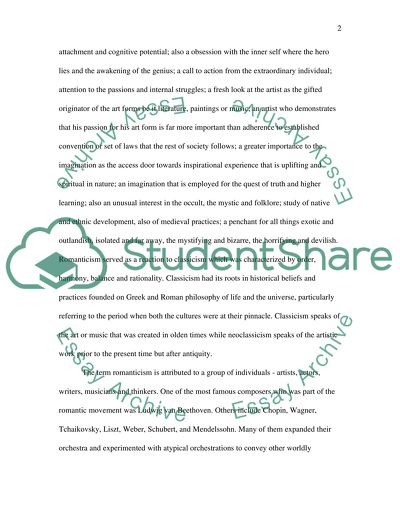Cite this document
(“Composers in the 19th Century Essay Example | Topics and Well Written Essays - 1250 words”, n.d.)
Retrieved from https://studentshare.org/music/1513415-19th-century-music
Retrieved from https://studentshare.org/music/1513415-19th-century-music
(Composers in the 19th Century Essay Example | Topics and Well Written Essays - 1250 Words)
https://studentshare.org/music/1513415-19th-century-music.
https://studentshare.org/music/1513415-19th-century-music.
“Composers in the 19th Century Essay Example | Topics and Well Written Essays - 1250 Words”, n.d. https://studentshare.org/music/1513415-19th-century-music.


